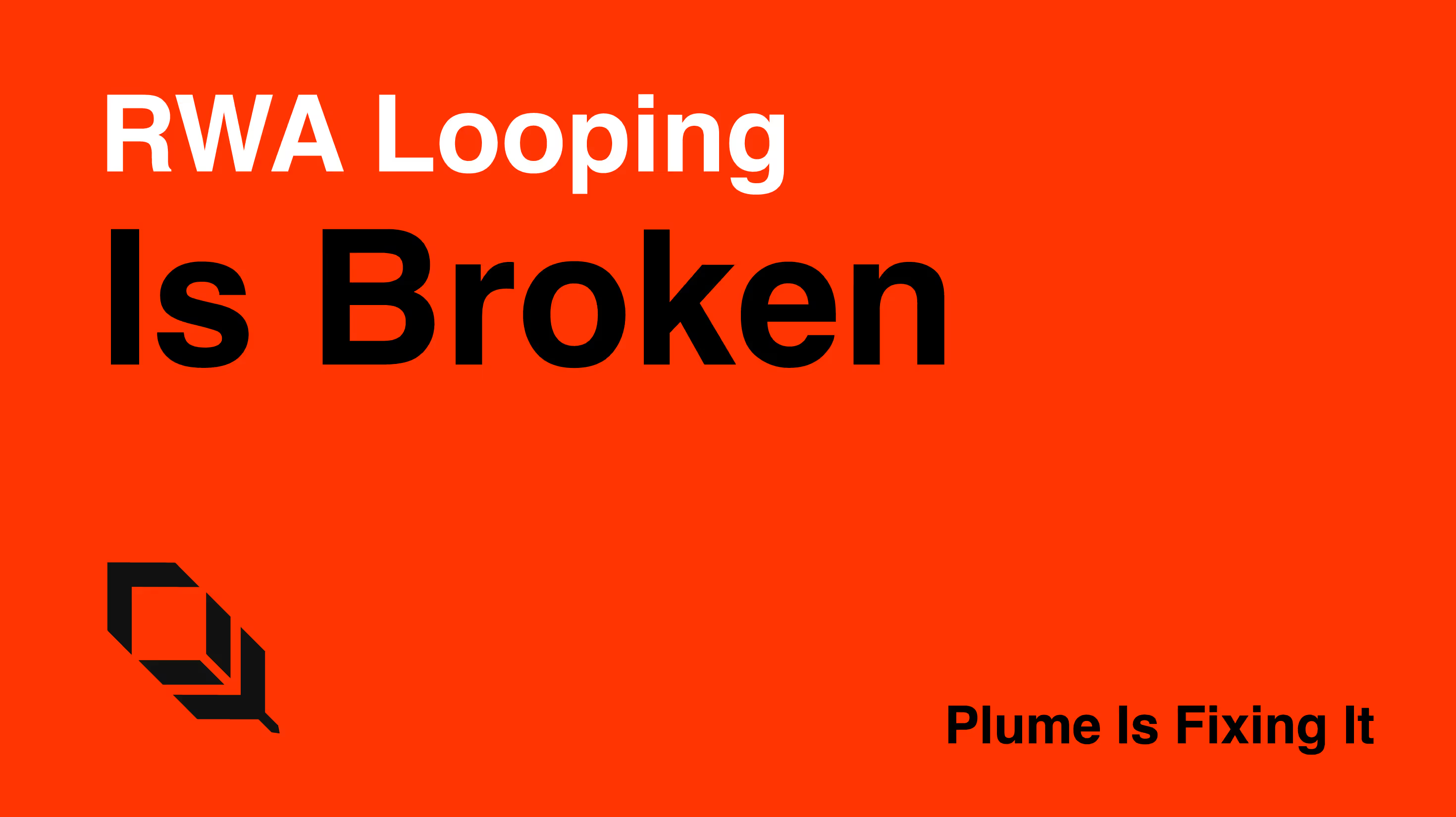
What Is DeFi Looping?
“Looping” is one of the oldest and most popular strategies in decentralized finance – DeFi. It gained serious popularity during the 2020–2021 “DeFi Summer,” when protocols like Aave and Compound made it easy to borrow against assets and re-deposit them for additional yield.
Here’s how it works:
- You deposit an asset (say USDC) into a lending market.
- You borrow against that deposit.
- You take what you borrowed and deposit it again.
- Repeat the process, creating a loop of deposits and borrows.
The effect is leverage. If the base yield on USDC is 5%, looping can boost that into the double digits. In fact, some of the most explosive DeFi growth happened because looping magnified returns and attracted users searching for high APYs.
Looping became a staple because it delivers two important things for DeFi users:
- Amplified Yields
- A base yield of 5% might not turn heads.
- But looped a few times, that 5% can look like 12–15%.
- Capital Efficiency
Looping makes assets “work harder.” Instead of passively earning yield once, they’re recycled multiple times, which maximizes onchain activity and liquidity.
This is why looping is so frequently explored. It’s simple to explain, feels powerful, and has a proven history of driving growth across DeFi.
The Problem With RWA Looping Today
Now that RWAs are gaining popularity, many protocols have started promoting “RWA looping” as the next big opportunity. The idea is to take yields from tokenized treasuries, private credit, or other offchain assets and leverage them up just like users did with crypto-native assets.
But here’s the truth: RWA looping doesn’t actually work in practice.

Here’s why:
- The Math Doesn’t Add Up: Many RWAs yield ~5%, but borrowing costs in crypto can be ~8%. You can’t loop a 5% asset with 8% debt or it’ll be underwater from the start.
- Overcollateralization Kills the Leverage: In crypto, you can’t borrow 100% of what you deposit. Typical loan-to-value (LTV) ratios onchain are ~80%. After factoring in fees and collateral limits, the “bonus yield” vanishes. You’re taking on risk for no real gain.
- Risk vs. Reward Misalignment: Looping introduces new liquidation risk. Unless yields are significantly higher than borrowing costs, the risk isn’t worth it. Most RWA yields aren’t high enough to justify it.
- Opaque Pricing: RWAs like private credit only update their valuations quarterly. That means lenders don’t know whether the collateral is healthy in real time. Contrast that with crypto-native assets, which reprice every second.
- Liquidity Constraints: Many RWAs are illiquid, meaning you can’t instantly withdraw. Typically, if you want to unwind a leveraged position, your funds might be locked for months. That makes looping extremely fragile.
That’s why, if you look closely, most RWA looping markets have zero usage.
On paper, the strategy looks great. In practice, the mechanics break down. Once users see the math, they stay away.
Plume Enables Actual RWA Looping
At Plume, we think about this differently. We’re building the first RWA looping strategies that actually make sense. Real yields, real liquidity, and a sustainable path forward.
- We tested it: We’ve already run looping strategies against diversified RWA pools (like with the Nest Alpha Vault by Plume) where the yields, liquidity profiles, and pricing mechanisms actually make sense.
- It worked: We’ve proven that, under the right conditions, looping RWAs can provide real yield amplification.
- We’re scaling carefully: We’re intentionally building looping models that are sustainable, transparent, and liquid enough to actually work for users.
At Plume, we’ve never been interested in chasing vanity metrics or headline numbers. Our focus is on building real utility that people can actually use. Safely, sustainably, and at scale.
Looping is just one example. While others use it as a marketing gimmick, we’ve approached it as a design challenge.
Can this strategy actually work for users in practice? Our early results show that it can, but only when it’s done responsibly, with assets and structures that make sense.
That’s the difference with Plume.
We’re not here to hype the next shiny number. We’re here to create real opportunities for users to put real-world assets to work onchain.
